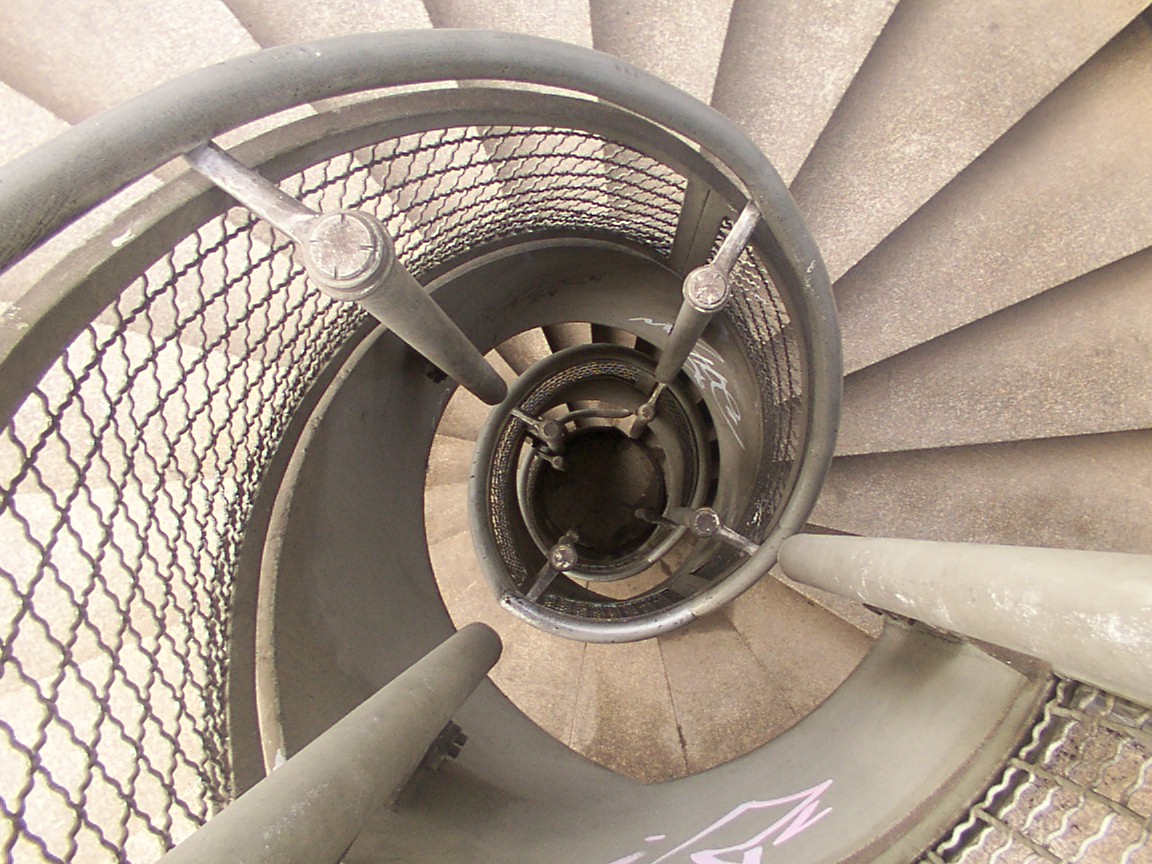1. Draw the diagram in your notebook.
.

2. Identify which are in series and which are in parallel. Why.
My answer to question two was that light bulbs A, B, and C are in series because they are all connected by the same circuit. I then said that light bulb D was in parallel because it wasn’t in the same circuit but its circuit used the same batteries as the other circuit. I’m not sure about those explanations on parallel and series so if someone could comment on this than it would be helpful.
3. Describe the electron movement when it is close to fewer light bulbs and when it is close to more light bulbs.
The electron movement gets faster when it goes to the single light bulb (D) and the electrons slow down when they get close to the series of light bulbs (A, B, C).
4. Why does this happen.
I think this happens because there is less resistance when it goes to the single bulb so it can go faster, but when it goes to the multiple light bulbs there is more resistance so the electrons slowed down.
Also don’t forget that we have a quiz tomorrow!
-DB




 AR
AR





















